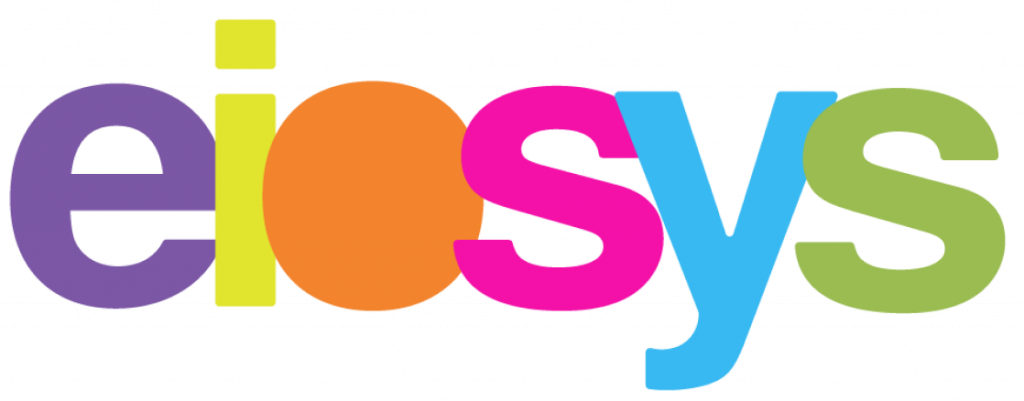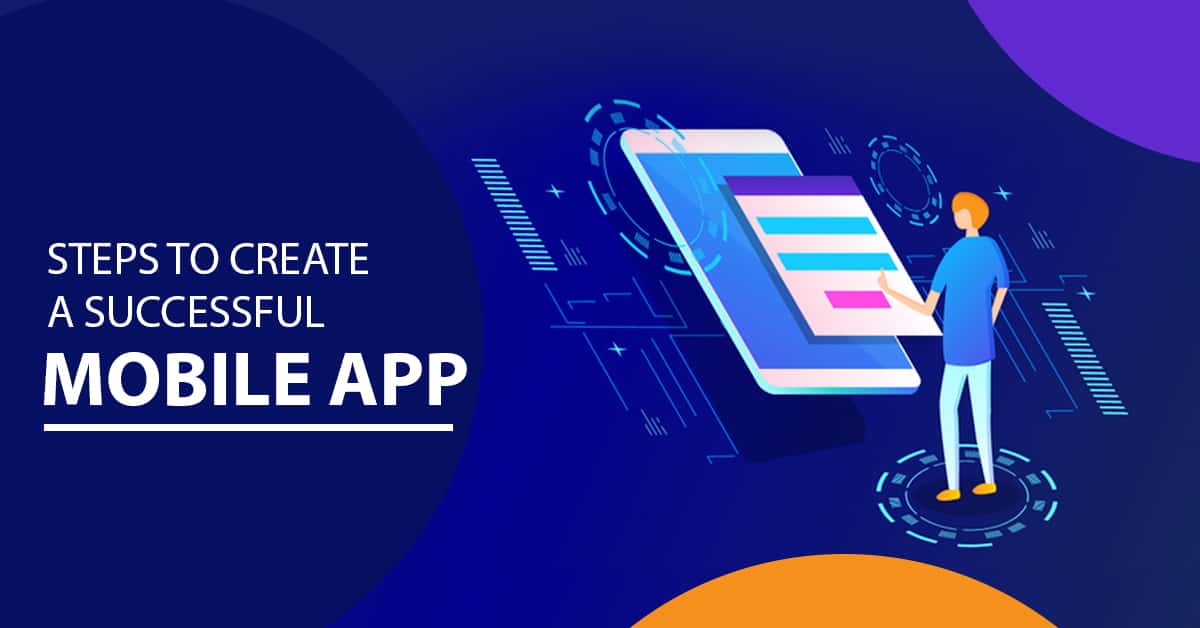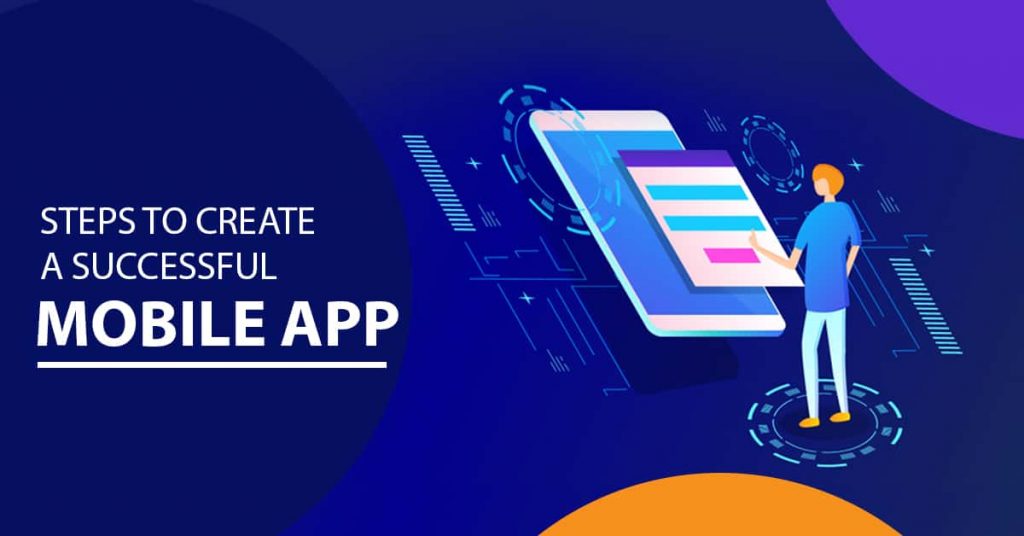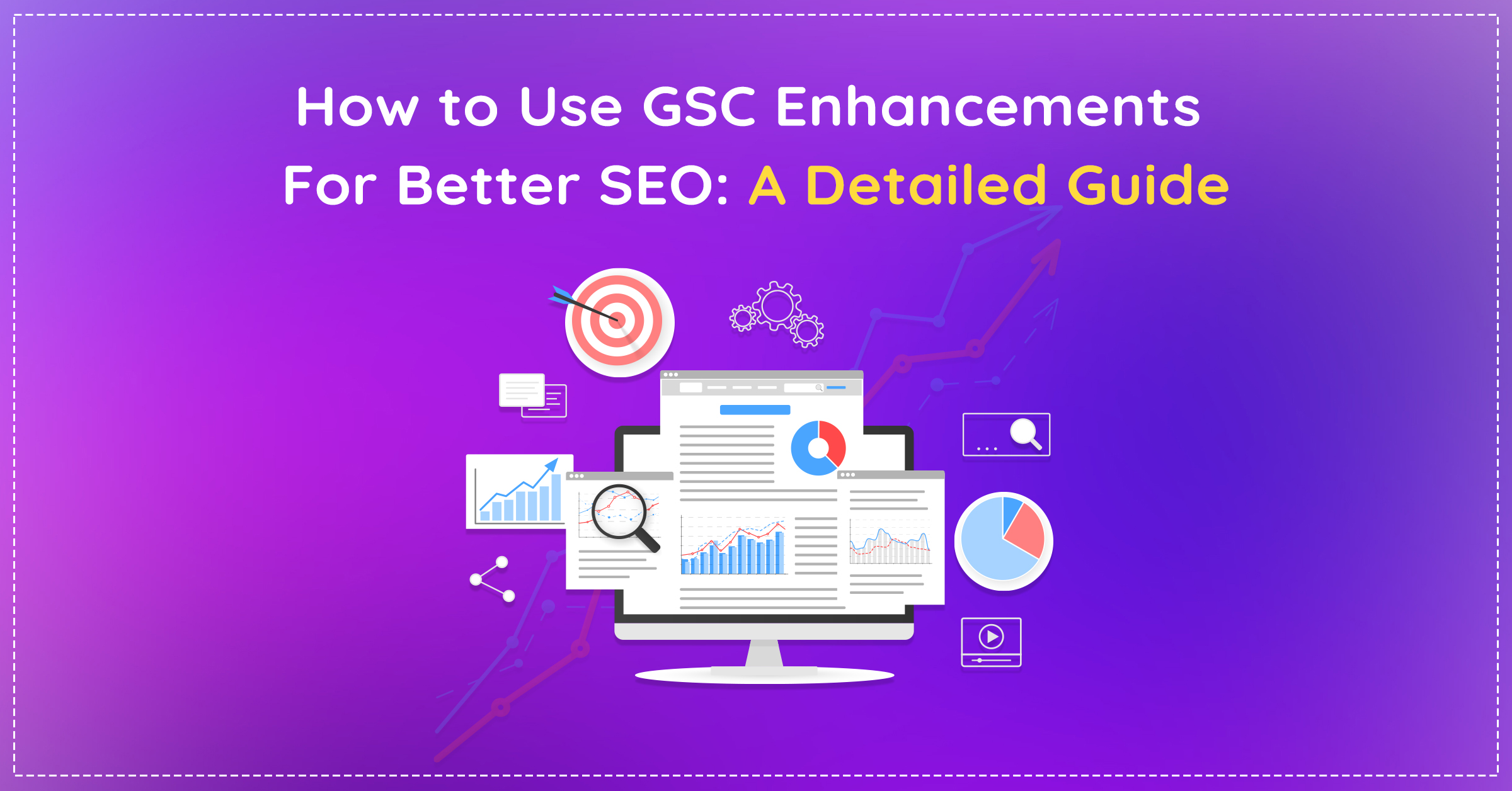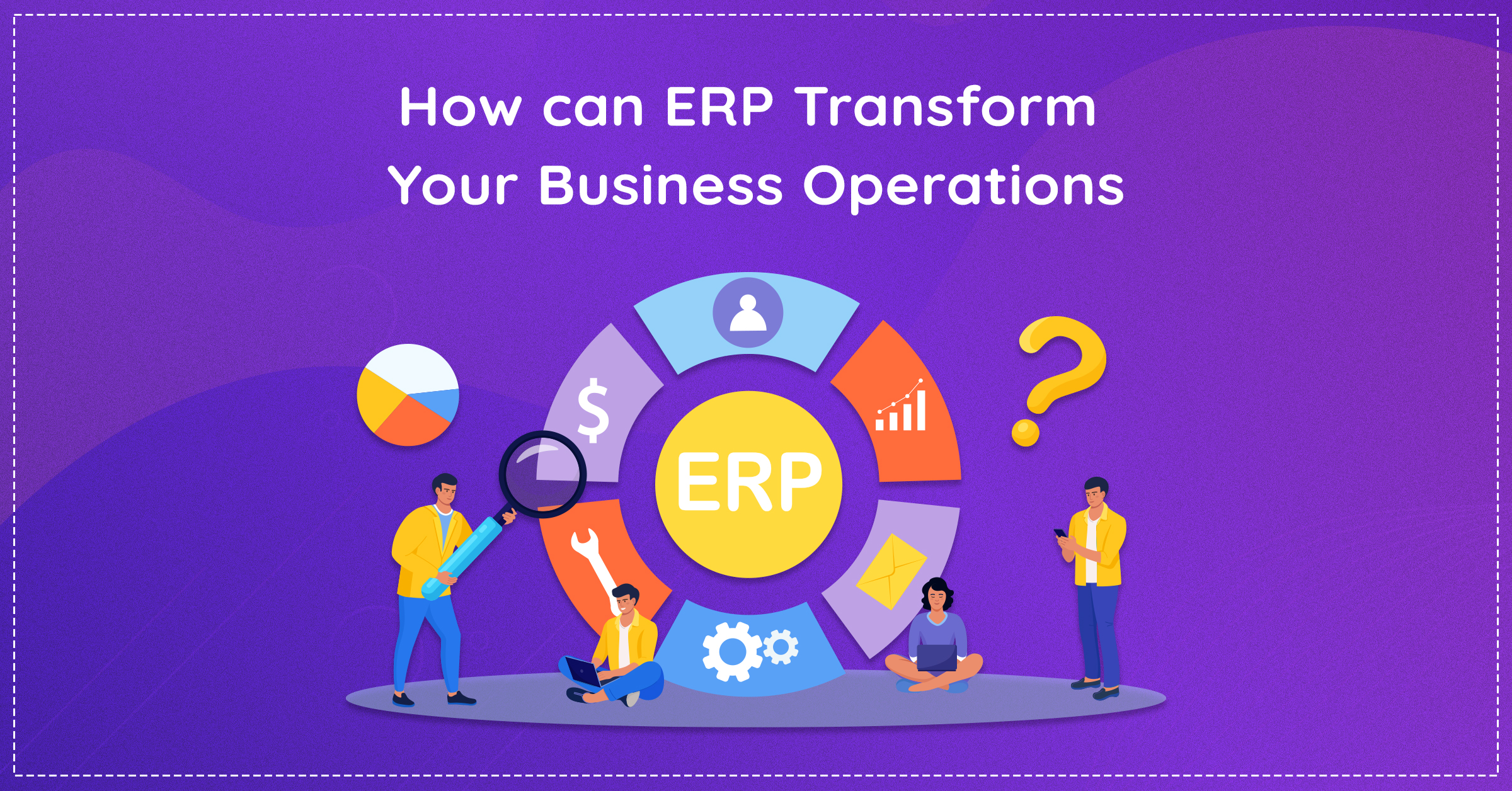
It wouldn’t be too wrong to say that today’s world is app-centric. Practically these days, most of the population have a smartphone and access to basic internet facilities thanks to a huge boom in network infrastructure, cheap mobile manufacturing and big telecoms providing super affordable plans to make everyone go online.
From booking your doctor’s appointment to booking a cab to ordering food to check directions to streaming TV and much more, there is an app for it. It is estimated that the revenue from the top successful apps is expected to grow to $190 billion by the year 2020.
With such a huge market and cutthroat competition, it is important to make your app stand out from the thousands of apps just lying dormant and hidden in the humongous app stores.
But first, what makes an app successful?
Chances are you have apps like Instagram, Facebook, WhatsApp, Zomato/Swiggy, PUBG on your phone right now. You use them on a daily basis for either work, staying connected, entertainment, etc. Though each app serves a different purpose, at their core they all have one similarity: their core functionality allowed the user to incorporate it in their daily routines.
The features of a successful app are:
- Uniqueness
- Utility
- User-friendly
- High performance
- Looks good
- User engagement is robust
Most startups and even established companies want to have an app for themselves to boost sales and hence revenue, get more customers, increase brand value, etc. One of the best ways to ensure that your app turns out successful is to hire a mobile app developer who knows what they are doing. One which is aware of the market trends and has a skilled team to execute your vision.
[Check out our blog – Pointers to keep in mind before hiring a mobile app developer – to help you choose an app development company]
A successful app has two ingredients:
- A great idea and offers an alternative solution for a problem or scenario
- It is well prepared and executed
Here are the steps to create a successful mobile app:
1. Define Client Goal
All ideas seem good at first, but it is important that you are clear with the direction you are taking. Understanding your client’s goal is important to go ahead with the upcoming steps. You have to understand thoroughly the client’s vision in order to curb any misunderstanding later in the development process, which could cause a loss of a lot of money and time.
Some important questions that you should have the answer to at the end of this stage are: What according to the client should the end product look like? What are the features that will make it appealing to customers? What are the problems the app will resolve? How is it going to enhance the end-users lives?
To unravel the answers to the above, you have to sit with your client and understand his vision. Therefore, it is crucial that you master this step to move on to the next one.
2. Sketch
Sketching is important. It lays the based foundation on which the app is going to be developed and grow in the future. The app is visually conceptualized and a rough structure/template is laid out for it. Using this the team working on the project can visualize the layout and understand what direction to take.
These sketches act as a crucial reference for the next step.
3. Market Research
With almost 3 million apps on Google Play and 2 million on the Apple App Store and around a million on other platforms, it is important that you have a robust plan. You need to define and understand your potential users and do in-depth research on all the competitors. You have to define the niche that you are opting for.
For example, a micro-niche like an application for distributors of pharmaceutical products will have less traffic but more conversions. The bigger the niche, the more potential customers and the fiercer competition.
If your app is able to provide an easy solution to your user’s problems, it adds value to their lives, your app will be successful. Eventually, you’ll attract more people and they’ll convert into loyal customers.
Proper market research enables you to understand what your competitors are doing and why they are undertaking certain processes. It also enables you to know the different ways you can monetize your app and streamline revenue sources, get detailed technical information regarding the app and carve a strategy to make the app promotional process more efficient.
For exhaustive market research, you can visit forums lie Quora and understand what people want. Keyword planners help you understand what people are searching for and what are the current trends. Gather information from potential users on websites like Facebook, Reddit, Linkedin, Twitter, visit seminars, conferences, hackathon etc. to interact with likeminded people etc.
4. Wireframe and Storyboarding
Wireframing aka creating product prototypes/mockups is an important part of the app development process. Tools like HotGloo, Moqups, Balsamiq are used to create wireframes and storyboards which help in establishing a connection between the different screens. It also enables the user to navigate through the app with ease.
(Check out our concept project to see the how we design the UI and UX)
The app prototype here is called MVP (Minimum Viable Product) which is the smallest version of the product so that it can be put up in the marketplace. It consists of a minimum number of features to make the client happy, is used for extensive beta testing in specific target groups and is used to raise funds by showcasing to investors.
Marketing strategies can be also planned during this stage:
- To make an app successful it should have a name which is catchy and recognizable as well as SEO friendly. Use the power of keywords to find a name and devise a robust marketing strategy before the app launch targeting all the relative keywords.
- Screens of apps can be shared to generate hype and public support.
- You should have an impressive app press kit ready with you. This kit should include stuff like screenshots of the app, demo and tutorial videos, information about the app itself and much more. It will be used while listing apps and when approaching the press.
5. Setup Back-end
One of the steps to create a successful mobile app is to plan and build a solid back-end. Sketches showcasing API’s, servers and other information acts as reference points which enables developers to join in the project from any point.
6. Test Prototype
Testing is an important part of the mobile app development process. Specific test groups are made and given access to the app. They use the app, report crashes, bugs, and other glitches. Using their honest feedback you can identify and rectify the flaws in the beta software and fix them. The UI/UX is also tested in this phase.
7. Sign Up
Getting approval for being a developer takes several processes at various places. The process is long and tedious and takes time, days sometimes. By ensuring that you already have a developer account in all the important marketplaces by the time your app launches, you are not keeping things for the last minute.
8. App Skins
An intuitive and easy to navigate UI (User Interface) creates a rich UX (user experience) for the user. Therefore, designers have an important role to make this thing happen. All major apps like WhatsApp, Facebook, Twitter have a very intuitive interface that doesn’t require a steep learning curve.
Some things to keep in mind:
- Follow design guidelines. Android and IOS each have their own design guidelines that needs to be followed to make sure the app is selected for their stores. Each ecosystem also has its unique ways of navigating through an app.
- Responsive design allows the app to scale automatically according to the screen size. With screens of various sizes nowadays, it is crucial that you impart this.
- Including smart graphics, animations, sound effects, interactions can change the way a user interacts with your app and separates your app from the rest of the competition.
Keep it simple. Most successful apps have a design that is easy on the eyes, simple yet powerful and intuitive.
9. Coding
It’s the code that brings the app to life. The code delivers features and functionalities that the end-user uses. This is the stage where development meets design. Here you need to ensure that:
- The focus is on the core functionality of the app. The additional features are seldom used by the customer. So you need to know your priorities and spend more time on that.
- If your app has a registration process, then incorporate social media registration. It’s less frustrating and easy to sign in.
- Ensure that your app is secure, encrypted and uses HTTPS protocols.
- Notifications of the app are not obtrusive and annoying and have relevant tags.
- A contact page where you can directly send queries and doubts.
- Provide offline functionality.
- Ensure that your app has optimized coding that improves its performance. No one likes a slow and unresponsive app.
- You can either offer it for free and then charge some money to add some extra features. It has shown to give a better outcome than paid apps.
- Integrate social media sharing
10. Last-minute revisions
Keep constantly polishing the app using the user feedback, bugs and crash reports gathered during testing to make sure it in place with all the client requirements. Make the necessary changes and ensure that every functionality is working properly.
Keep on testing every iteration of the app unless it’s perfect. Tools like TestFlight enable you to test the app multiple times.
11. Deliver the App
App marketplaces have lots of policies, regulations, and checks and it takes weeks to get approval. However, submitting apps to the PreApps marketplace enable you to get early feedback from consumers which can be used to make the final tweaks needed before submitting the app to the app store on behalf of your client.

